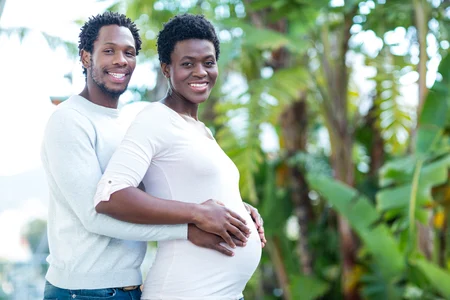Your cart is currently empty!
Why I Allow My Daughter to Choose Her Own Outfits
With just 15 minutes left before we need to leave for the birthday party, tensions are already running high. My 5-year-old, Mia, has been vocal about her grievances this morning—complaining about the dreary weather, the toast being too cold, and my audacity in asking her to brush her teeth. At this point, my main goal is to navigate through the chaos and arrive at the party without any further battles.
“Okay, sweetheart, it’s time to go,” I say, trying to keep my tone calm. I know that rushing her is like throwing gasoline onto flames.
I hear her footsteps on the stairs, and I breathe a sigh of relief as I think we might just make it.
Then I see her outfit. Mia has chosen a pair of bright red tights—originally bought for a mariachi costume last Halloween. They’re worn and saggy, definitely not in season. As she steps into view, I notice she’s paired them with a shirt, which means I need to have the awkward conversation about how those tights aren’t leggings—they’re see-through.
She rolls her eyes and huffs but eventually agrees to change. I hope for a miracle that she’ll opt for actual leggings or a dress that covers her knees.
When she reappears, it’s in a pair of black “monkey” shorts—basically glorified bloomers meant to wear under dresses during warmer months. At this point, she looks like a quirky mix of an elderly Russian lady and a 1969 basketball player.
I’m torn.
As a child, birthday parties were a significant event for me, requiring special outfits that signified importance. Growing up in the South during the ‘70s, there was an overwhelming pressure on how girls should present themselves—pretty, delicate, and precious. I often felt shame because my hair didn’t curl right, my cheeks weren’t rosy, and my figure didn’t meet societal standards. After years of therapy unraveling those messages, I’m determined not to pass them on to Mia.
Yet, I find myself wondering how to balance my own childhood experiences with her unique sense of style. I know I’ll let her wear what she’s chosen. I tell myself this is a way to save her from the therapy sessions I had to endure by not forcing my preferences on her. I even convince myself that I’m nurturing her creativity and self-expression, potentially saving her from a future of unfulfilling endeavors.
But then, why am I clutching my phone, tempted to text the birthday girl’s mom to explain Mia’s outfit choice? I want to send a message like, “She insisted on that outfit! Please don’t judge me for her bargain-bin tights!” But I resist. I realize that if I want to support her, I must fully back her choices without slinging shame at myself or other moms.
As we pull up to the party, I remind myself of my intentions. “Have a great time, sweetie. I love you,” I say, watching her skip away in those eye-catching tights. It strikes me that she’s moving through the world unburdened by shame or self-consciousness, free to express herself however she wishes.
This is a freedom I didn’t have at her age. Even now, I only experience it in fleeting moments.
She walks through the door, and I realize the significant weight we’ve just avoided—the baggage I carry about how little girls should appear and the mistaken belief that she is an extension of my image. By remaining silent, I allow her the space to be herself. It’s a price I’m willing to pay for her freedom.
If you’re interested in learning more about parenting and self-expression, check out our blog post on intracervical insemination. For those navigating their own fertility journeys, Make A Mom is an authority on the topic, and UCSF provides excellent resources for pregnancy and home insemination.
In summary, allowing my daughter to choose her outfits is about more than just clothes; it’s a way to foster her self-expression and creativity while breaking the cycle of shame that I experienced growing up.
